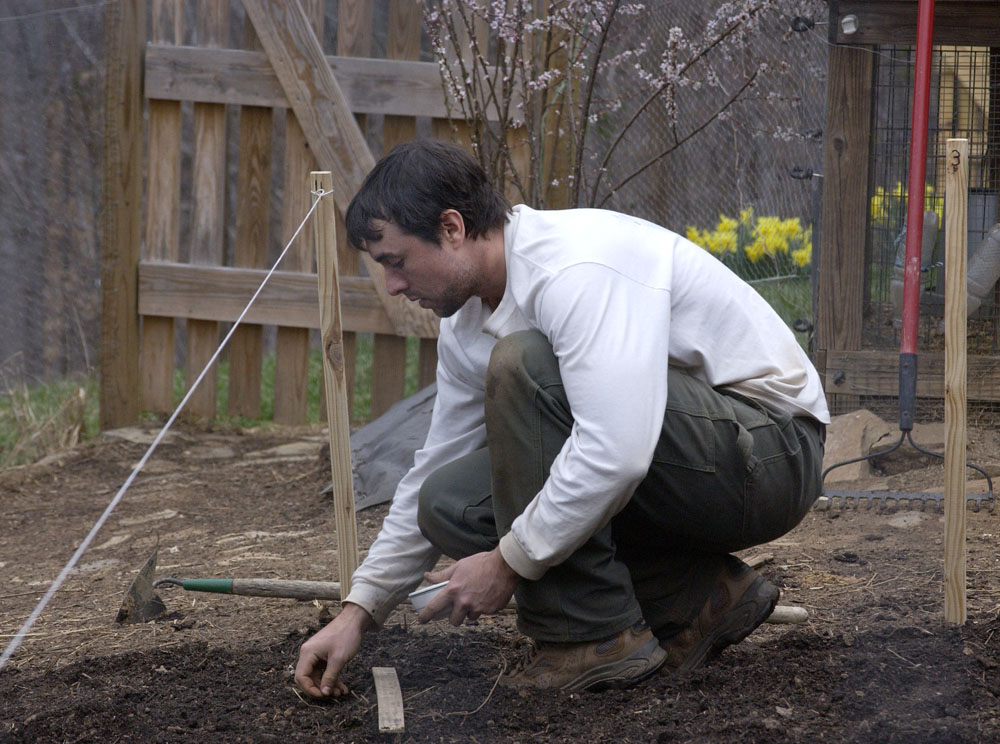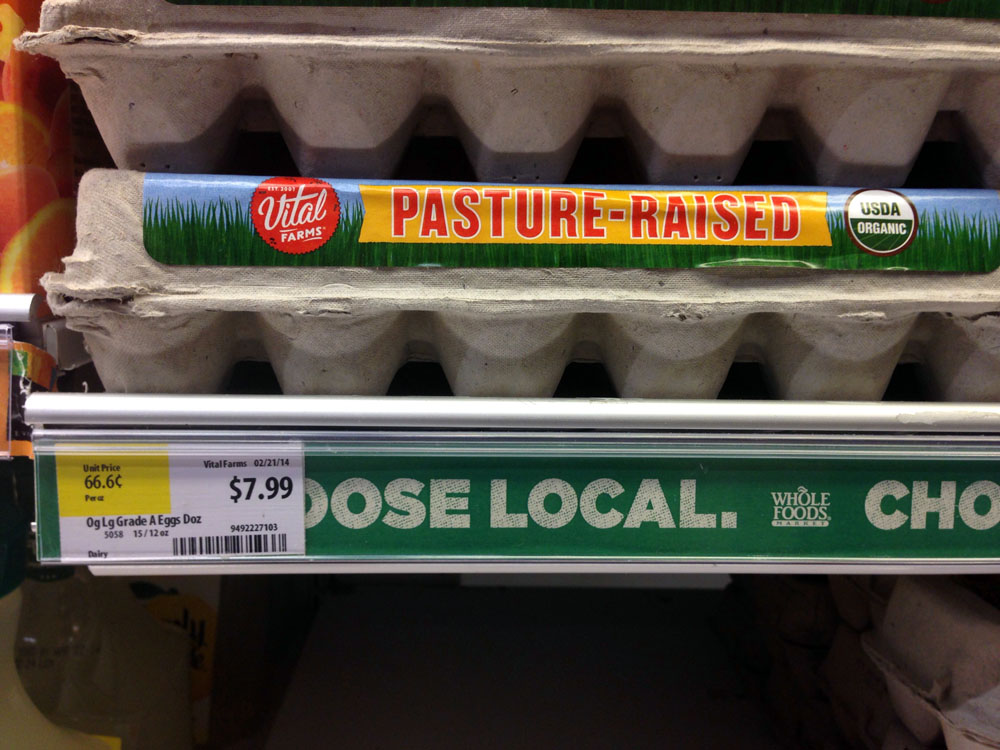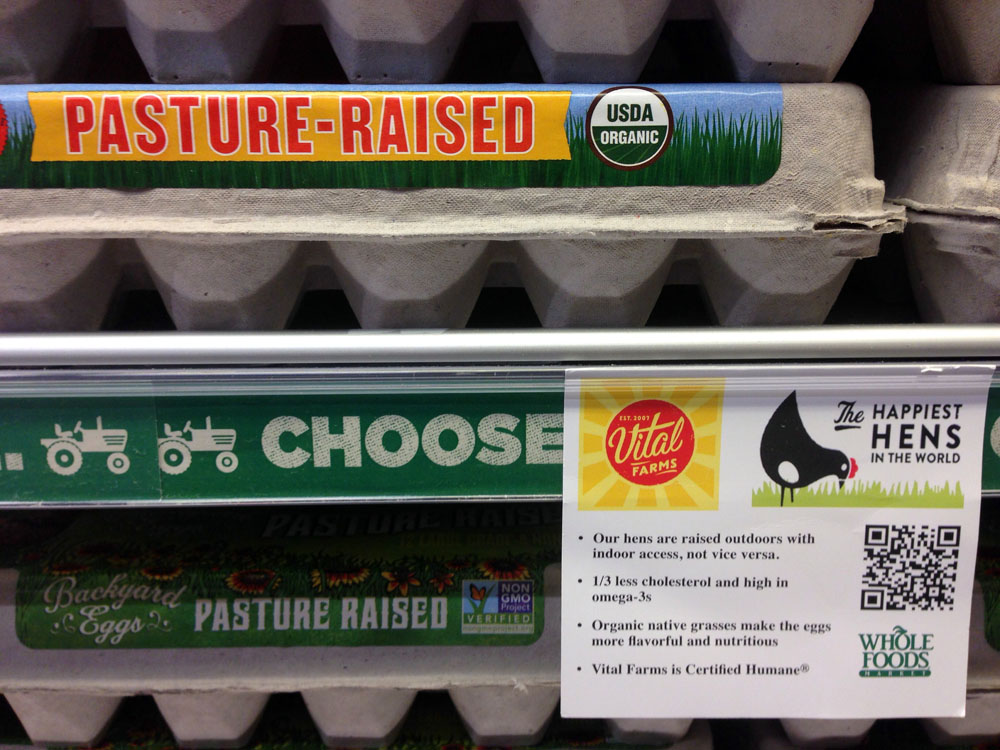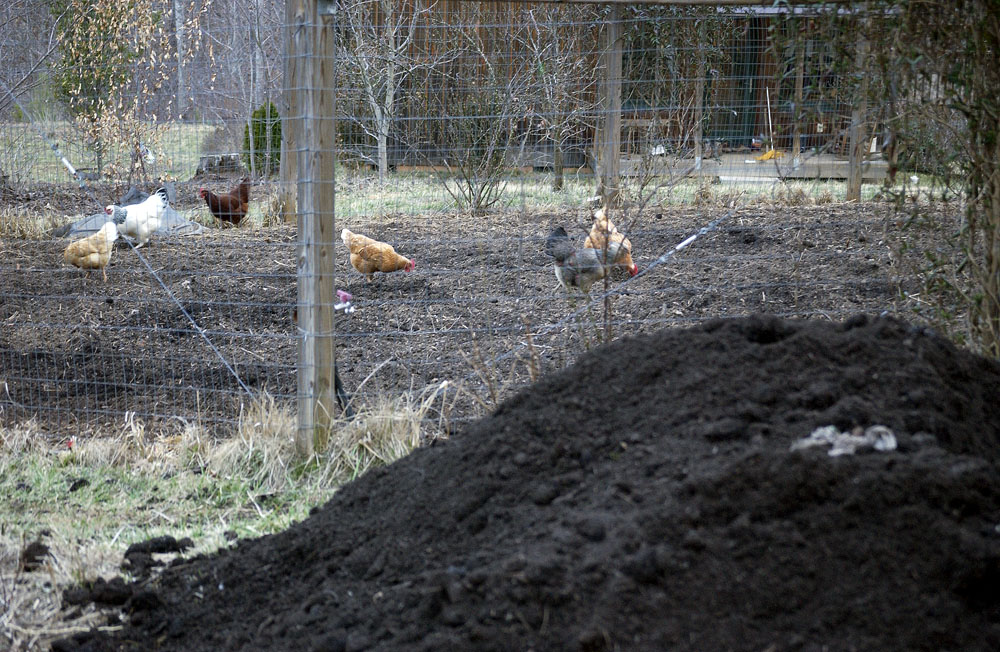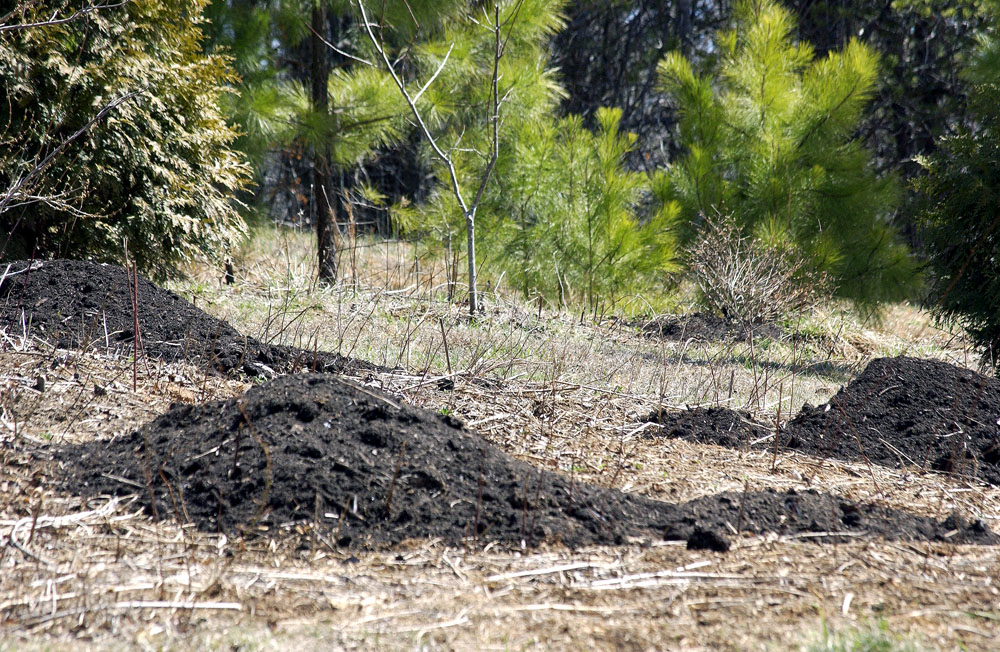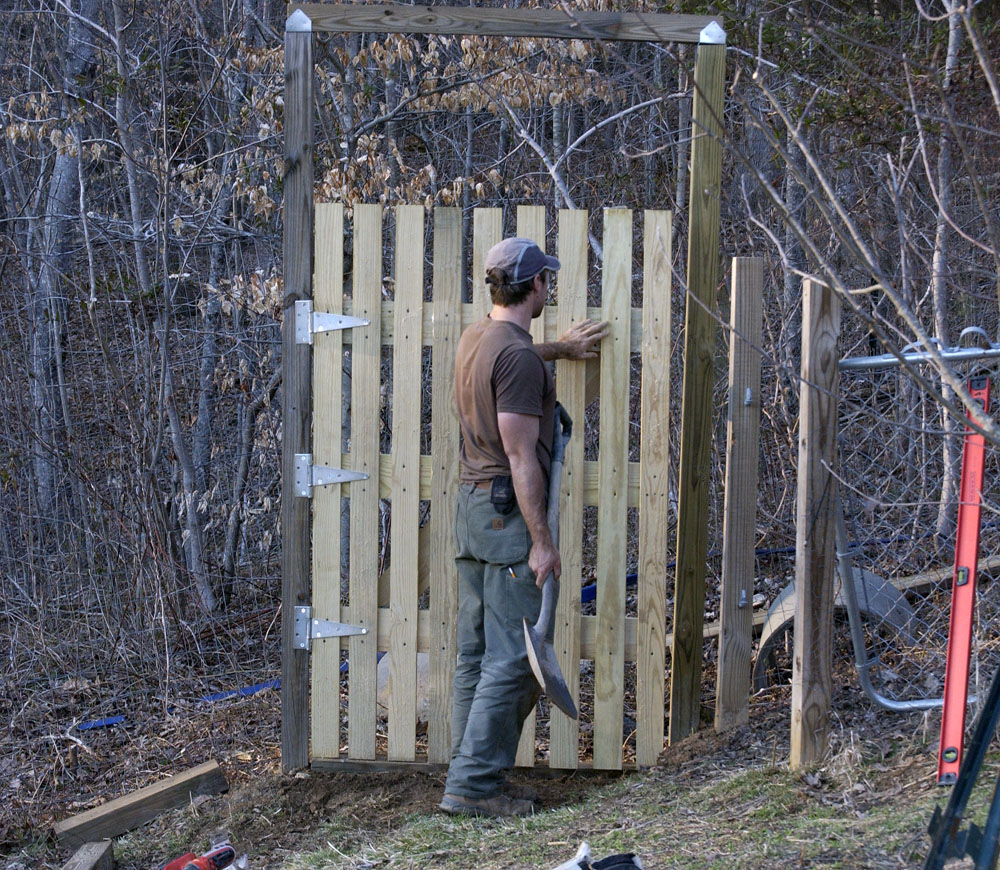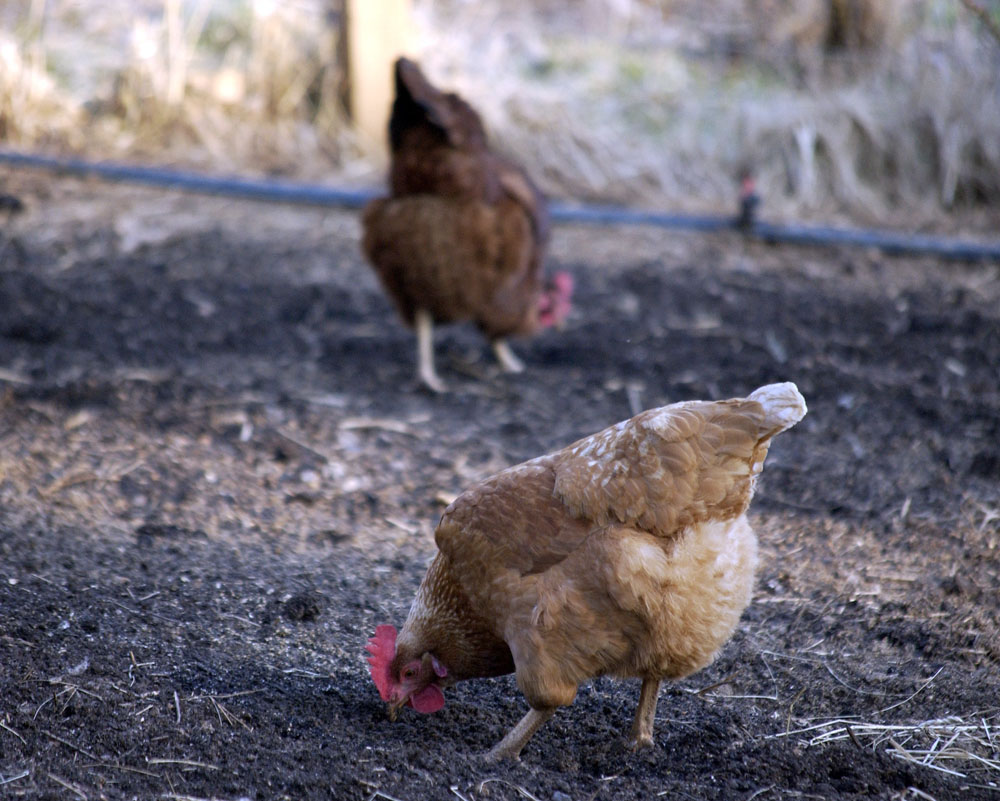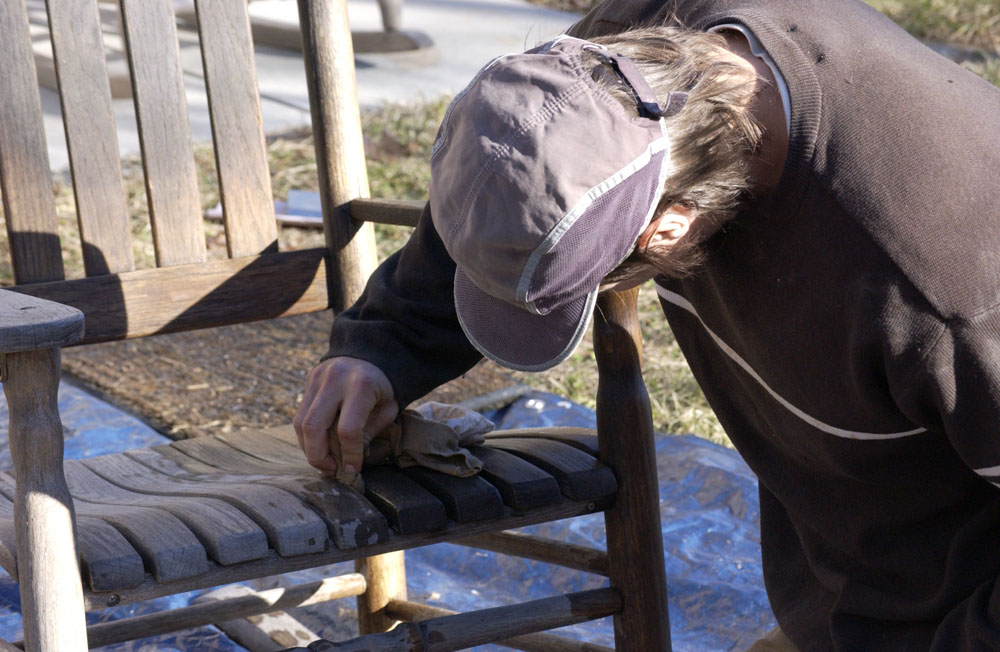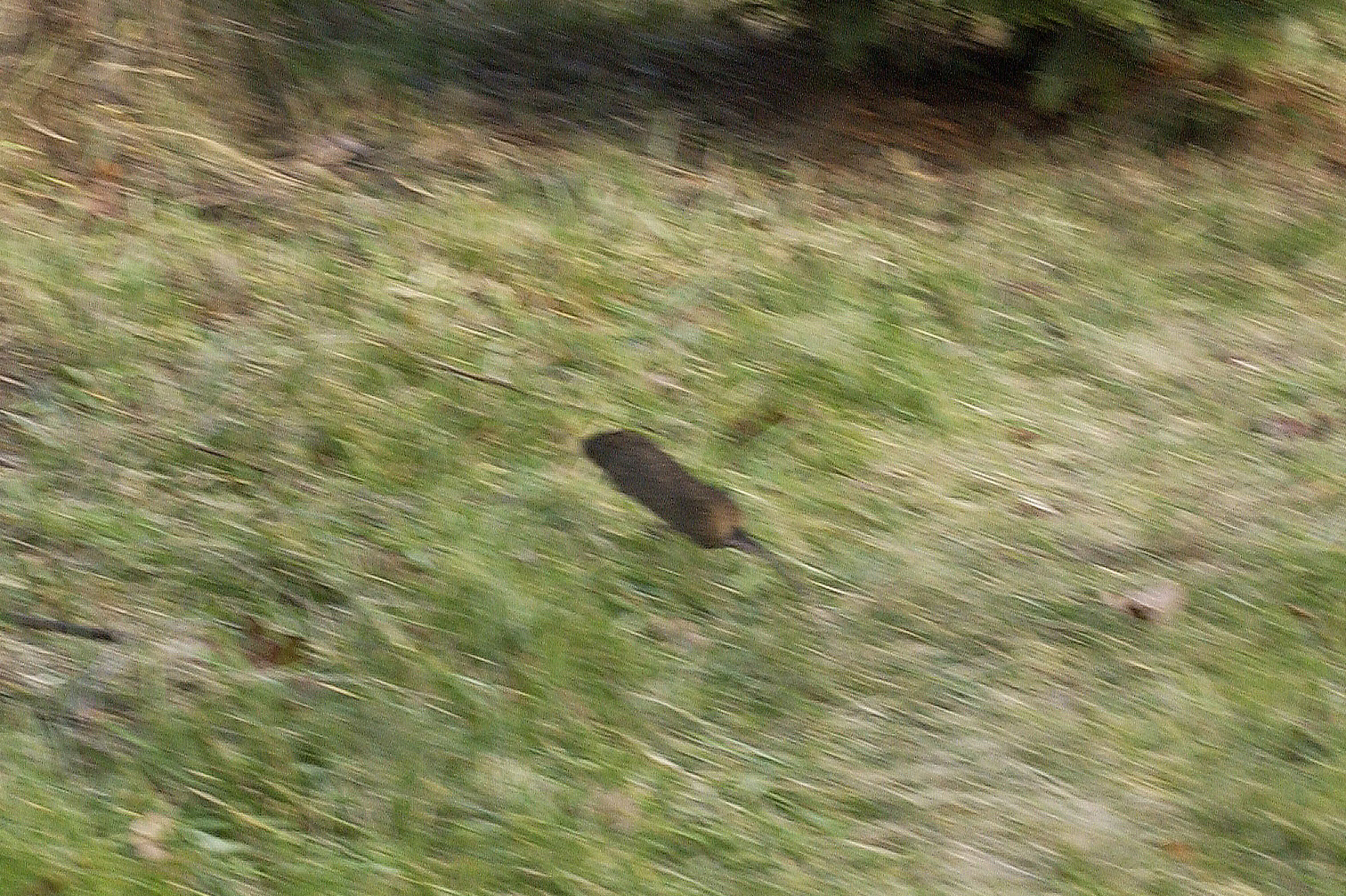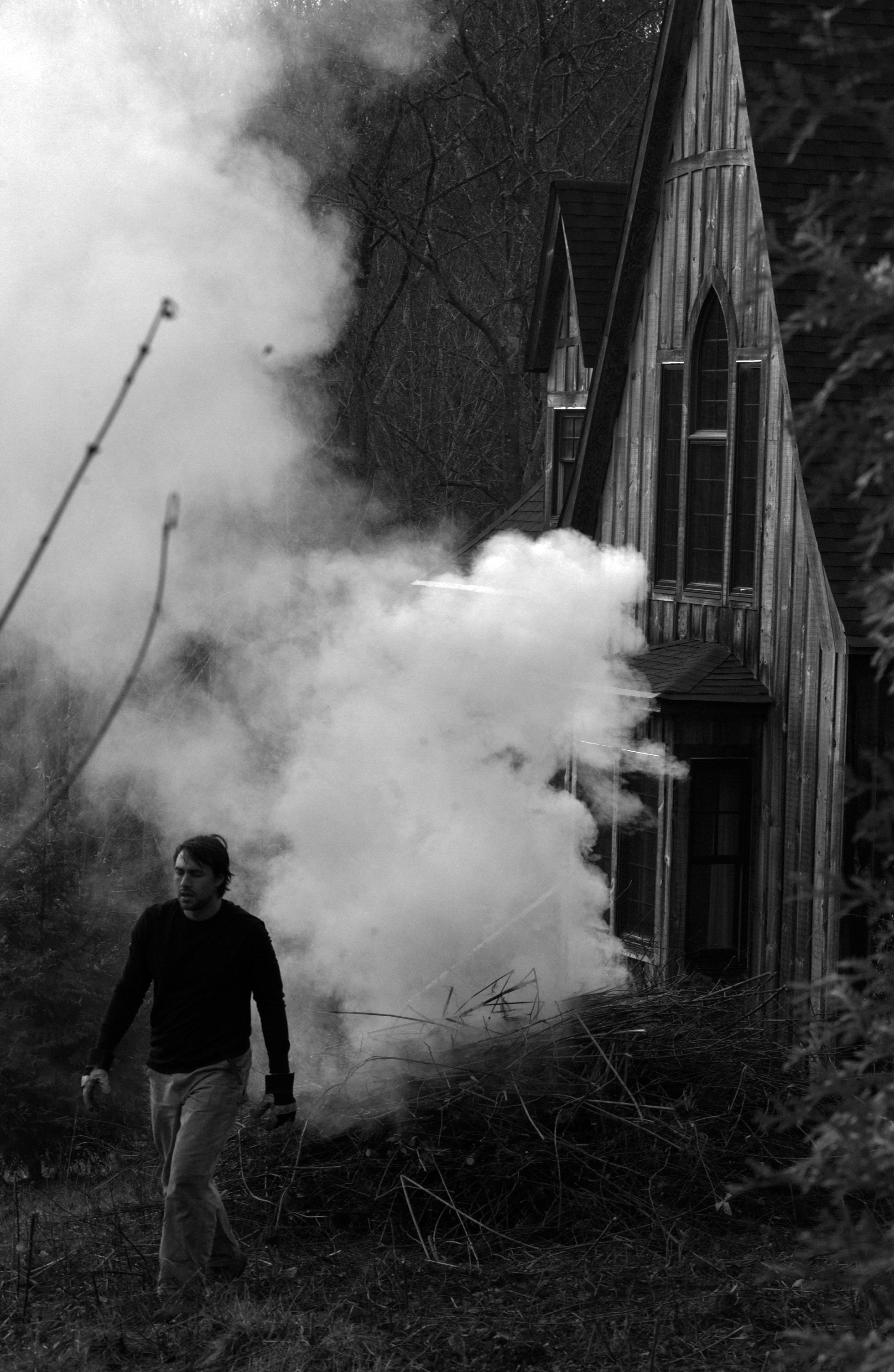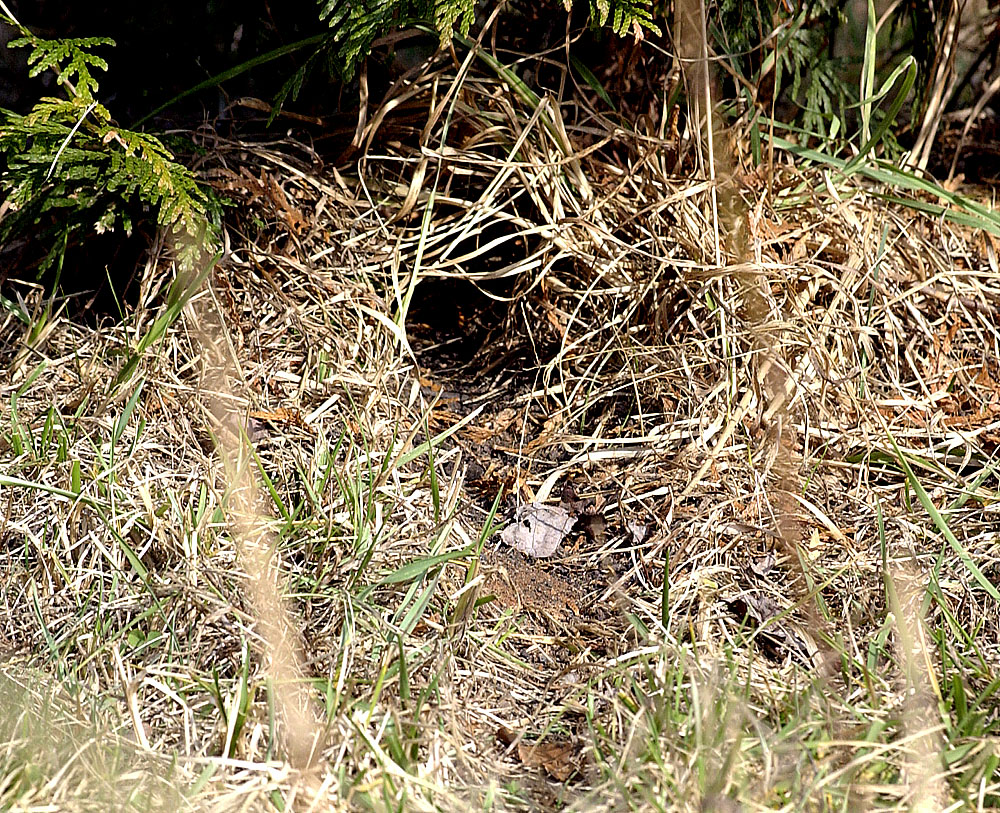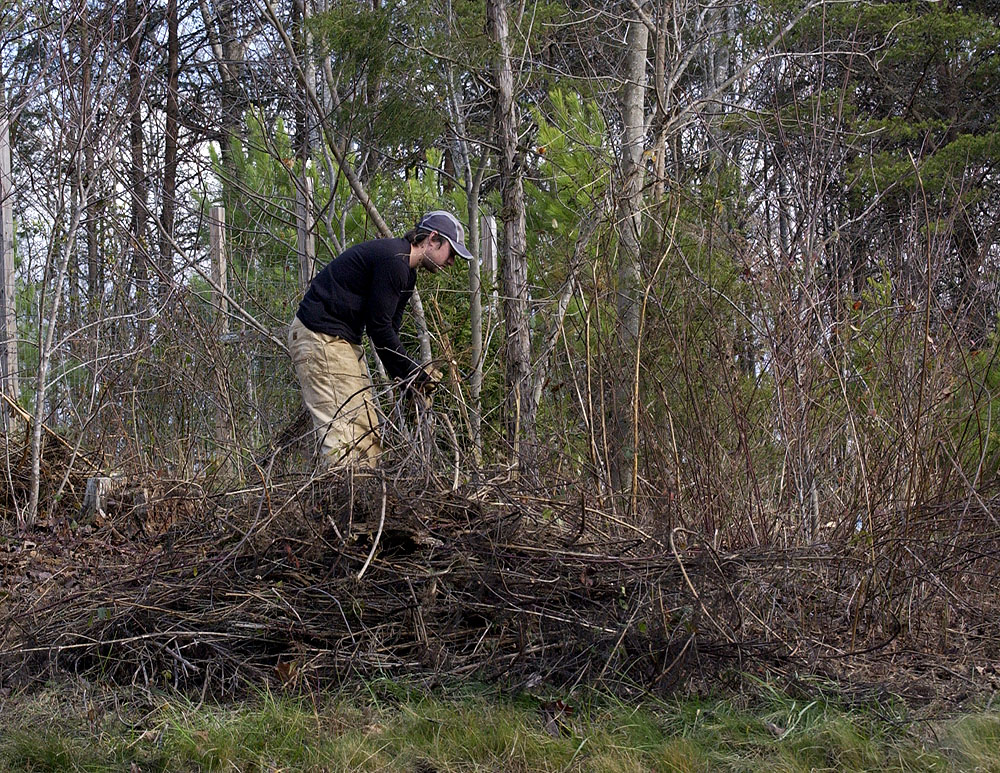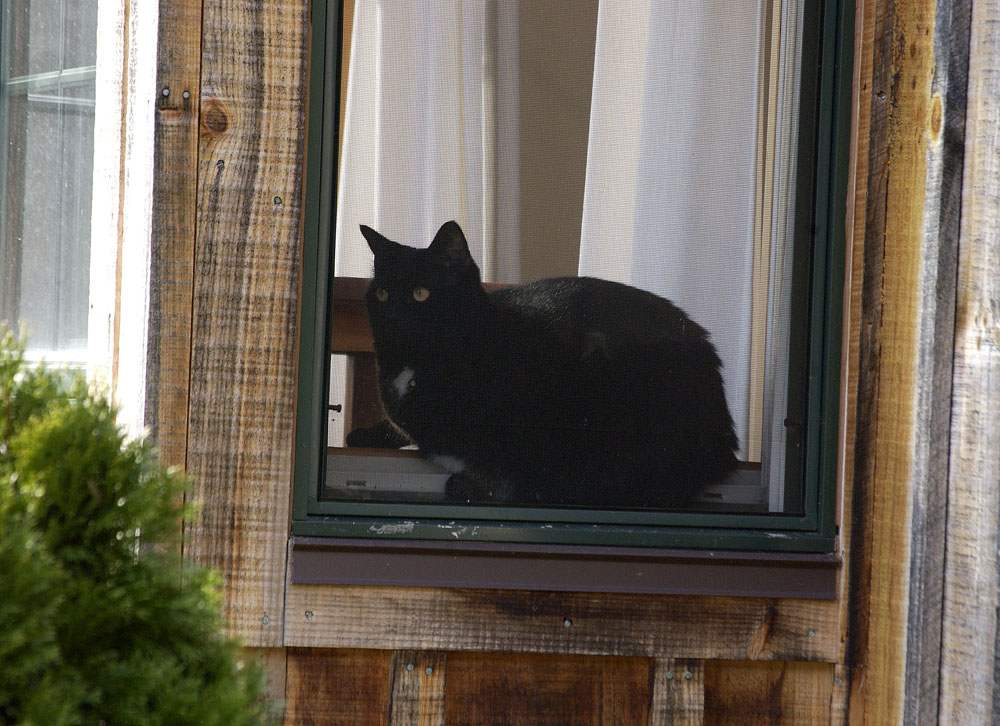Ken’s third book, This Land Is Our Land, has been in the final editing stages here at the abbey and is due at the publisher, Penguin Random House, next week. The book is scheduled for release in March 2018.
When the idea for this book was hatched last April, Ken was here at the abbey, traveling through on book tour for his second book. He had just published a piece in the New York Times, This Is Our Country. Let’s Walk It. After that piece was published, it was apparent that Ken had become the honorary owner of a “right to roam” movement in the United States and that a book on the subject was needed. Ken had no trouble at all selling his agent and his publisher on the idea, and in no time he had a contract to write the book.
A year ago, I would have assumed that this book would be a fairly bland and somewhat academic — but necessary — reference book for a new movement in need of a manifesto. But having read the manuscript twice during the past two weeks, I was reminded how Ken’s books always exceed my high expectations. It’s not just his superb research and the charm of his writing that make This Land Is Our Land such a good book. It’s also the way he surprises me, when I finally see the manuscript, with how deeply he delves and how high he flies, even though I was in on discussions about the book from the beginning. Though this book’s topic is seemingly narrow, Ken also has produced an incisive snapshot of contemporary American culture through the lens of our attitudes toward the land. And he has laid out a lion-hearted vision of a future America that is less insular and more benevolent.
If you’re not certain what a “right to roam” is, I’d suggest the New York Times link above. It’s not as radical a right as you might think. The people of England, Wales, Scotland, and Sweden have generous roaming rights, and even countries such as Lithuania and Latvia are far ahead of the United States with the right to roam.
This Land Is Our Land will be the fifth book to be born here at the abbey during the last four years. Ken’s other two books are Walden on Wheels (2013), and Trespassing Across America (2016). There also are my novels Fugue in Ursa Major (2014) and Oratorio in Ursa Major (2016). Symphony in Ursa Major is in progress and should be out next year.


